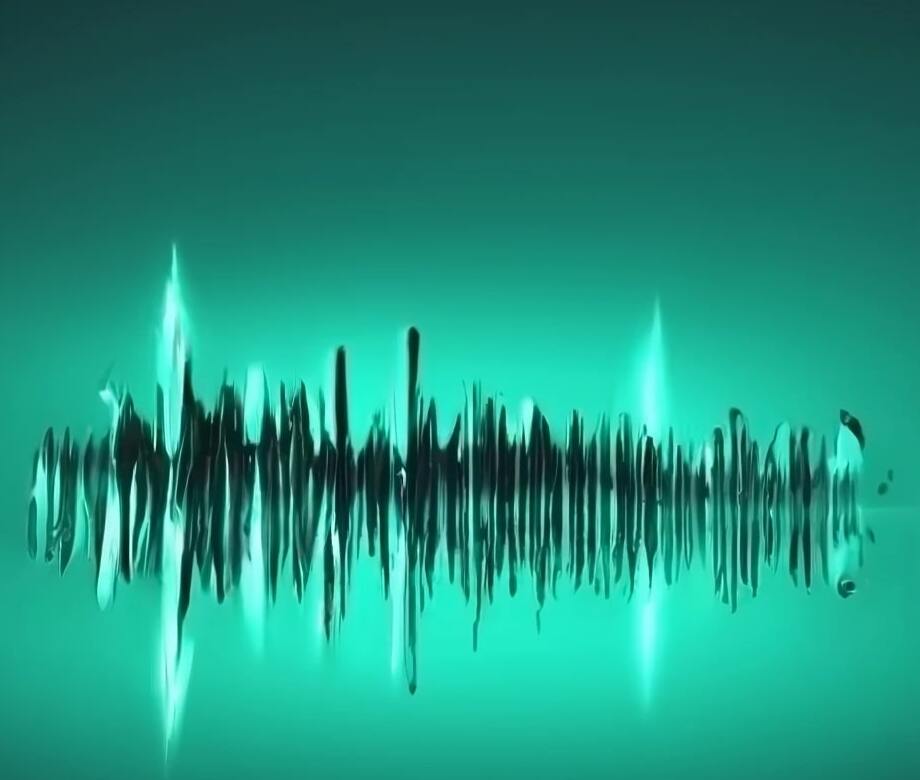
Learn how to use OpenAI Whisper to transcribe audio files efficiently and effectively.
Introduction To Transcribing Audio Files
Transcribing audio files can be a tedious and time-consuming task, especially when done manually. However, advancements in artificial intelligence have made this process much more efficient and accurate. OpenAI Whisper is an innovative technology that leverages deep learning models to transcribe audio files with remarkable precision. By utilizing its powerful algorithms, Whisper can convert spoken language into written text, enabling users to analyze, search, and comprehend audio content effortlessly. This revolutionary tool opens up new possibilities for various industries such as transcription services, media organizations, and researchers who deal with large volumes of audio data regularly. In this article, we will explore the techniques and benefits of using OpenAI Whisper to transcribe audio files effectively and enhance productivity in our digital age.
Understanding OpenAI Whisper
OpenAI Whisper is a cutting-edge automatic speech recognition (ASR) system developed by OpenAI. It enables the transcription of audio files with remarkable accuracy and efficiency. This advanced technology harnesses the power of deep learning models trained on a vast amount of multilingual and multitask supervised data from the web. Whisper employs a Listen, Attend, and Spell (LAS) architecture, which involves three key components: an acoustic model, a language model, and a joint training method. The acoustic model converts audio waveforms into phoneme sequences, while the language model predicts word sequences based on context. These two models are jointly optimized to enhance transcription quality.
Step 1: Preparing Your Audio File For Transcription
Before you begin transcribing your audio files using OpenAI Whisper, it is crucial to ensure that your audio file is properly prepared. Start by selecting a high-quality audio recording with clear and minimal background noise. It's advisable to use lossless or high-bitrate audio formats such as WAV or FLAC for the best results. Next, listen to the entire audio file carefully and make note of any sections that might be challenging to transcribe, like overlapping voices or unclear speech. Consider using an audio editing software to enhance the clarity of such segments. Additionally, it's essential to have a reliable playback device or software that allows you to easily navigate through the audio file during transcription.
Step 2: Using WhisperUI To Transcribe Audios
First you need to go to https://whisperui.com and select the audio files that you want to transcribe. Then click on the ‘Set API key’ button, now you will be asked to enter your OpenAI API key, you can obtain an API key from the OpenAI website. After saving you API key you just need to click on the ‘Transcribe Audio’ button and your transcriptions will start loading.
Step 4: Reviewing And Editing The Transcribed Text
Once the audio file has been transcribed using WhisperUI, it is important to review and edit the transcribed text for accuracy and clarity. Begin by carefully reading through the entire transcript while listening to the corresponding audio. Pay attention to any discrepancies or errors that may have occurred during the transcription process. During this review, make note of any sections that may require additional clarification or context. It is crucial to ensure that the transcribed text accurately represents what was said in the audio file. After identifying areas for improvement, proceed with editing the text accordingly. This includes correcting any spelling or grammatical mistakes, inserting missing punctuation marks, and making necessary adjustments to enhance readability.
Tips And Best Practices For Accurate Audio Transcription:
- Use high-quality audio: Ensure that the audio files you transcribe are of good quality. Clear and noise-free recordings significantly improve accuracy.
- Eliminate background noise: Minimize any ambient noise or distractions during the recording process. Quiet environments enhance the clarity of speech, making it easier for Whisper to transcribe accurately.
- Speak clearly and enunciate: When speaking into the microphone, articulate words clearly and avoid mumbling or speaking too quickly.
- Pronounce words precisely to help Whisper accurately capture the intended content.
- Segment longer recordings: If you have lengthy audio files, consider dividing them into smaller segments before transcription.
Conclusion
OpenAI Whisper has revolutionized the process of transcribing audio files, providing an efficient and accurate solution for businesses and individuals alike. By leveraging state-of-the-art deep learning techniques, Whisper exhibits remarkable performance in converting spoken words into written text. The ability to handle various accents, languages, and background noises makes it a versatile tool for transcription tasks across different domains. With its user-friendly interface and straightforward integration options, OpenAI Whisper eliminates the need for extensive training or technical expertise. Its high accuracy rates significantly reduce the time spent on manual transcription, boosting productivity and allowing users to focus on more critical tasks. Additionally, the scalability of Whisper ensures that it can handle large volumes of audio files without compromising its efficiency.